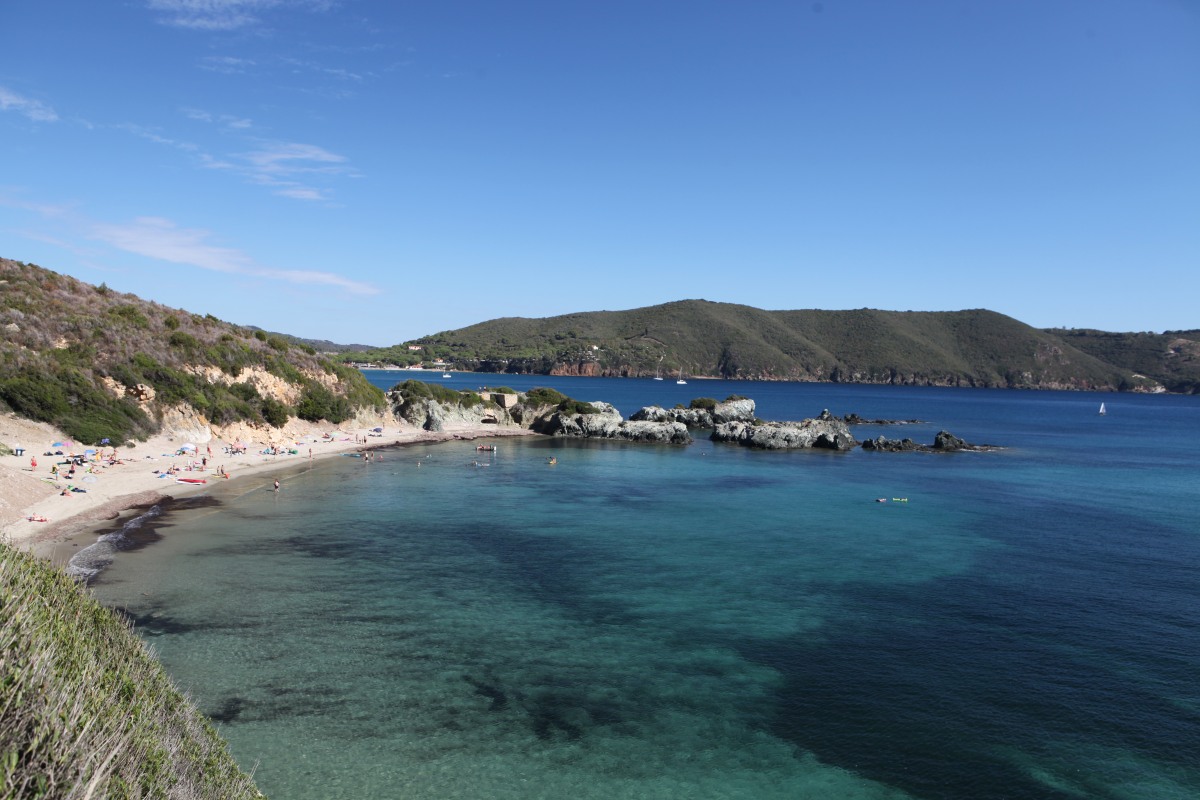

We may stop showing reviews once they’re 36 months old, or if the accommodation has a change of ownership. To make sure reviews are relevant, we may only accept reviews that are submitted within 3 months of checking out. Any violation of our review guidelines.if the writer is claiming to be someone else) Swear words, sexual references, hate speech, discriminatory remarks, threats, or references to violence.However, we won’t display any reviews that include or refer to (among other things): Ideally, we'd publish every review we get, positive and negative. If we find any, we delete them and, if necessary, take action against whoever is responsible.Īnyone who spots something suspicious can always report it to our Customer Service team so that our fraud team can investigate. We have people and automated systems that specialize in detecting fake reviews submitted to our platform. To edit a review you’ve already submitted, contact our Customer Service team. You can review an accommodation that you booked through our platform if you stayed there, or if you got to the property but didn’t actually stay there. Guests submit their subscores and their overall scores independently – there’s no direct link between them.
Baia di lacona free#
Guests can also give separate subscores in crucial areas, such as location, cleanliness, staff, comfort, facilities, value, and free WiFi. To get the overall score, we add up all the review scores and divide that total by the number of review scores we received. NASA image courtesy the U.S./Japan ASTER Science Team, NASA/GSFC/METI/ERSDAC/JAROS.Each review score is between 1 and 10. The simulated-natural-color ASTER image covers an area of 29 x 30.4 km, is located near 15.9 degrees south latitude, 46.4 degrees east longitude, and was acquired on August 23, 2000. Near water, shrimp and rice farming are common-the rectangular blue areas near the top center edge may be shrimp pens-while coffee plantations abound in the surrounding terrain. The part of the bay shown in the scene is just upriver from the important Malagasy (the adjective used to describe things and people from Madagascar) port city of Mahajanga.

The mangrove forests capture river-borne sediment that would smother coastal reefs, while reefs buffer the mangroves from pounding surf. Along the northwest coast of Madagascar, mangroves and coral reefs partner up to create dynamic, diverse coastal ecosystems. In fact, Bombetoka Bay is home to some of Madagascar’s largest remaining communities of mangroves, which provide shelter for diverse mollusk and crustacean communities, as well as habitat for sea turtles, birds, and dugongs. Dense vegetation is deep green.Īlong coastlines and on the islands, the vegetation is predominantly mangrove forests. In the image, water is sapphire and tinged with pink where sediment is particularly thick. This image from the Advanced Spaceborne Thermal Emission and Reflection Radiometer (ASTER) on NASA’s Terra satellite shows Bombetoka Bay just upstream of where it opens up into the Mozambique Channel, which separates Madagascar from Africa to the west. Numerous islands and sandbars have formed in the estuary from the large amount of sediment carried in by the Betsiboka River and have been shaped by the flow of the river and the push and pull of tides. On the northwestern coast of Madagascar, the salty waters of the Mozambique Channel penetrate inland to join with the freshwater outflow of the Betsiboka River, forming Bombetoka Bay.


 0 kommentar(er)
0 kommentar(er)
